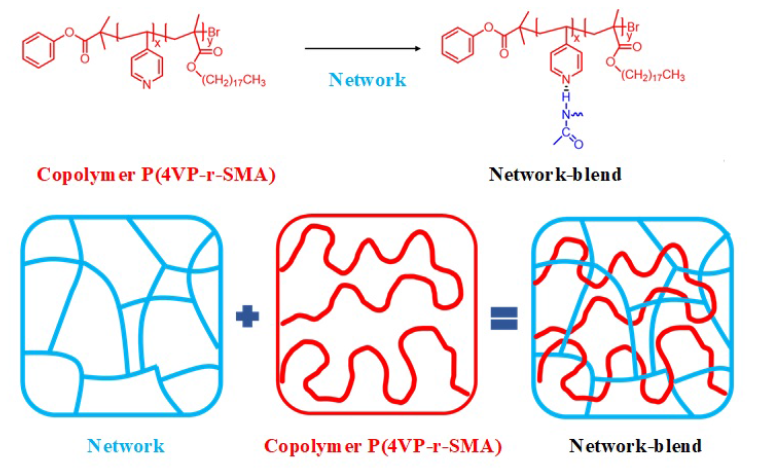
Synthesis of a self-healing polymer blend containing dynamic diels-alder and h-bond crosslinks
- National Key Laboratory of Polymer and Composite Materials– Ho Chi Minh City, 268 Ly Thuong Kiet, District 10, Ho Chi Minh City, Viet Nam
- Viet Nam National University Ho Chi Minh City, Linh Trung Ward, Thu Duc City, Ho Chi Minh City, Viet Nam
- Faculty of Materials Technology, Ho Chi Minh City University of Technology, 268 Ly Thuong Kiet, District 10, Ho Chi Minh City, Viet Nam
Abstract
Introduction: It is unquestioned that self-healing polymers are being applied in numerous applications due to their indiscernible advantages, such as the extension of materials’ life span. Not surprisingly, researchers throughout the world concentrate on boosting the progression of the polymer. However, it takes 24 h or 48 h for the self-healing process of polymer-based materials in manifold studies to be efficacious. This can be thought of as a problematic hurdle slowing its advancement and application. Therefore, our research was conducted in an attempt to create a blended structure through hydrogen interplay between (thio)urethane bonds and H-acceptor heterocyclic moieties.
Method: The integration of 5 wt%, 10 wt% and 20 wt% blended copolymer capable of forming H-bonds into the network structure was performed to gain a network blend. Furthermore, ATR-FTIR spectroscopy, shape-memory and self-healing tests were employed for the determination of hydrogen bond formation coupled with various properties.
Result: From the ATR-FTIR results, the occurrence of H-bonds was proven. In addition, the blends’ rates of shape recovery and shape fixity rates were more than 99%. It contributes to the mechanical recovery at 82.75% with the addition of 10 wt% of the blended copolymer after 10 h at 70 °C, surpassing those of the 5 wt% and 20 wt% blends.
Conclusion: This study will pave the way for self-heling polymers to be utilized in different fields in the future.

